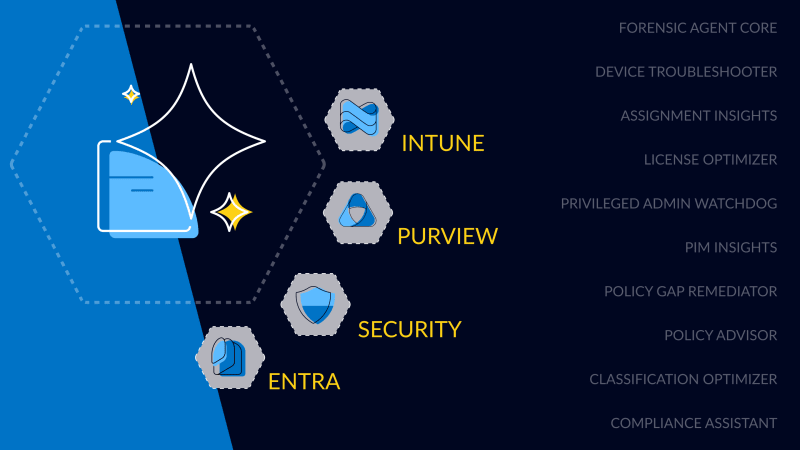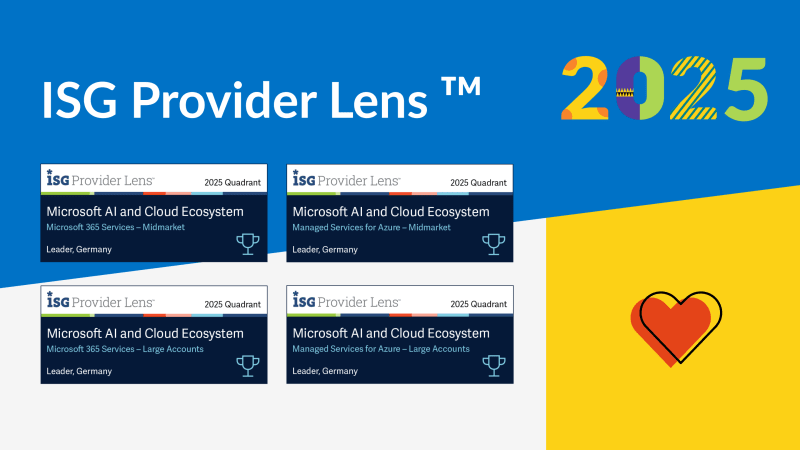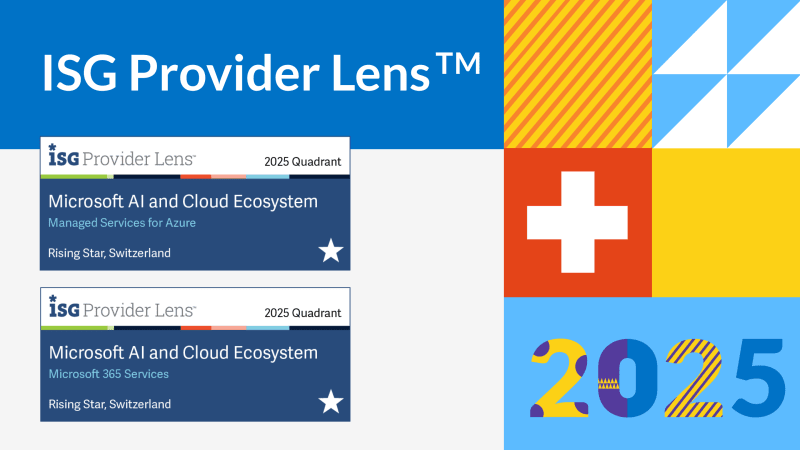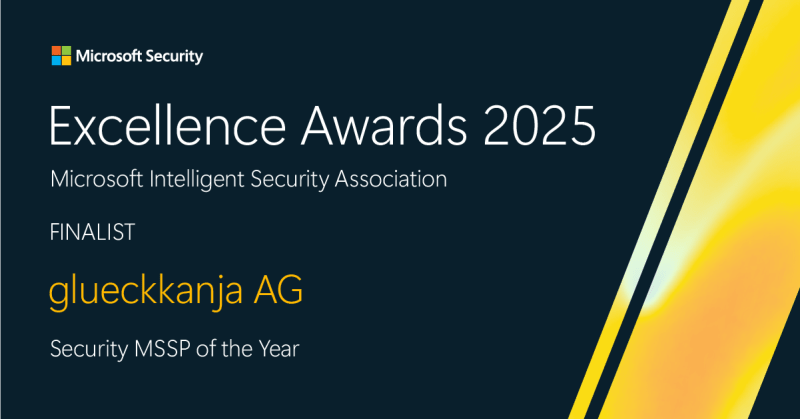Monitoring That Grows With You – Organic Solutions in Azure
How modern Azure monitoring creates transparency and leaves room for what matters most

Monitoring in Azure
Monitoring in the cloud is much more than just collecting metrics. In dynamic Azure environments, it’s about capturing relevant information in a targeted way, visualizing it meaningfully, and responding automatically. The focus is not only on technical aspects, but also on scalability, cost control, and governance.
Holistic Monitoring with Azure – More Than Just Metrics
A modern monitoring concept in Azure includes various components:
- Azure Monitor as the central platform for metrics, logs, and alerts
- Log Analytics for in-depth analysis and correlation
- Application Insights for application monitoring
- Workbooks and dashboards for visualization
- Action Groups and Logic Apps for automated responses
Monitoring becomes especially valuable when it covers not only cloud-native resources but also hybrid scenarios. With Azure Arc, on-premises systems and other clouds can be seamlessly integrated—including logging, alerting, and policy enforcement. This creates a consistent view across the entire infrastructure.
Keeping Track of Changes and Inventory – Change Tracking & Inventory
An often underestimated aspect of monitoring is tracking changes to resources. With Azure Change Tracking, configuration changes to VMs, files, registry entries, and software installations can be automatically recorded and historically analyzed. This is particularly helpful for root cause analysis of incidents or for meeting compliance requirements.
This is complemented by the Inventory function, which provides a complete overview of installed software, running services, and system configurations—for both Azure VMs and on-premises systems integrated via Azure Arc. This creates a central view of the technical state of the environment, which can be seamlessly integrated into existing monitoring and governance structures.
Combined with Log Analytics and automated alerts, Change Tracking becomes a powerful tool for transparent operations, rapid error analysis, and compliant documentation.
Cost Control Through Targeted Logging
A common stumbling block in monitoring is cost development due to uncontrolled logging. Azure offers various pricing tiers with Log Analytics, making long-term retention cost-effective. By selecting appropriate retention periods and sampling strategies, costs can be significantly reduced without sacrificing important information.
A structured approach helps to design logging in a targeted and efficient way. Azure Policy plays a key role here: with predefined policies, diagnostic settings can be automatically applied to new resources. This ensures consistency and significantly reduces manual effort.
Monitoring in Managed Service
Effective monitoring starts with a stable and structured foundation. In Azure environments, a landing zone provides the necessary basis to implement governance, security, and operations consistently. This foundation includes not only network infrastructure and identity management, but also a well-thought-out monitoring framework.
Our Azure Foundation demonstrates how this can work: it brings a set of proven alerts, logging configurations, and Azure Policy controls that ensure new resources are automatically configured with the right settings. This creates an environment where transparency and operational security are considered from the outset.
On top of this, app zones can be provided for specific applications. These zones are flexible and can be integrated into existing monitoring with tailored alerts and automated logging. This keeps the environment scalable and allows it to grow with requirements—without losing visibility or standardization.
This structure ensures that monitoring is not only technically sound but also strategically scalable. Standards provide consistency, while modularity allows for individual requirements. A managed service can support you by taking over operations, maintenance, and further development. This creates freedom to focus on what really matters—your core business, product development, or business process optimization.
Conclusion
Modern monitoring in Azure is a key building block for stable and secure cloud operations. Those who focus early on standardization, automation, and cost control lay the foundation for transparency, efficiency, and sustainable growth.






























